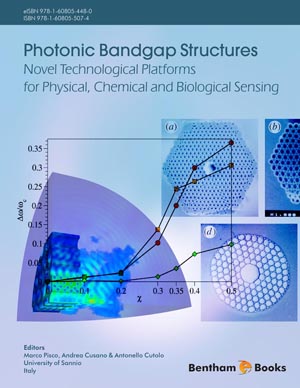Abstract
SHS investigation development is considered from the geographical and historical viewpoint. 3 stages are described. Within Stage 1 the work was carried out in the Department of the Institute of Chemical Physics in Chernogolovka where the scientific discovery had been made. At Stage 2 the interest to SHS arose in different cities and towns of the former USSR. Within Stage 3 SHS entered the international scene. Now SHS processes and products are being studied in more than 50 countries.
Abstract
Photonic Crystal Fibers (PCFs) have extended the range of capabilities in optical fibers, both by improving well-established properties and introducing new features. PCFs are optical fibers that employ a microstructured arrangement in a background material of different refractive index. The background material is often undoped silica and a low index region is typically provided by air voids running along the length of the fiber.The strong wavelength dependency of the effective refractive index and the inherently large design flexibility of the PCFs allow for a whole new range of novel properties. Such properties include endlessly single-moded fibers, extremely nonlinear fibers and fibers with anomalous dispersion in the visible wavelength region. Fabrication of PCF, like in conventional fiber fabrication, starts with a fiber preform. PCF preforms are formed by stacking a number of capillary silica tubes and rods to form the desired air/silica structure. This way of creating the preform allows a high level of design flexibility as both the core size and shape as well as the index profile throughout the cladding region can be controlled.When the desired preform has been constructed, it is drawn to a fiber in a conventional high-temperature drawing tower and hair-thin photonic crystal fibers are readily produced in kilometer lengths.
Recommended Chapters
We recommend

Authors:Bentham Science Books


 Download PDF Flyer
Download PDF Flyer



